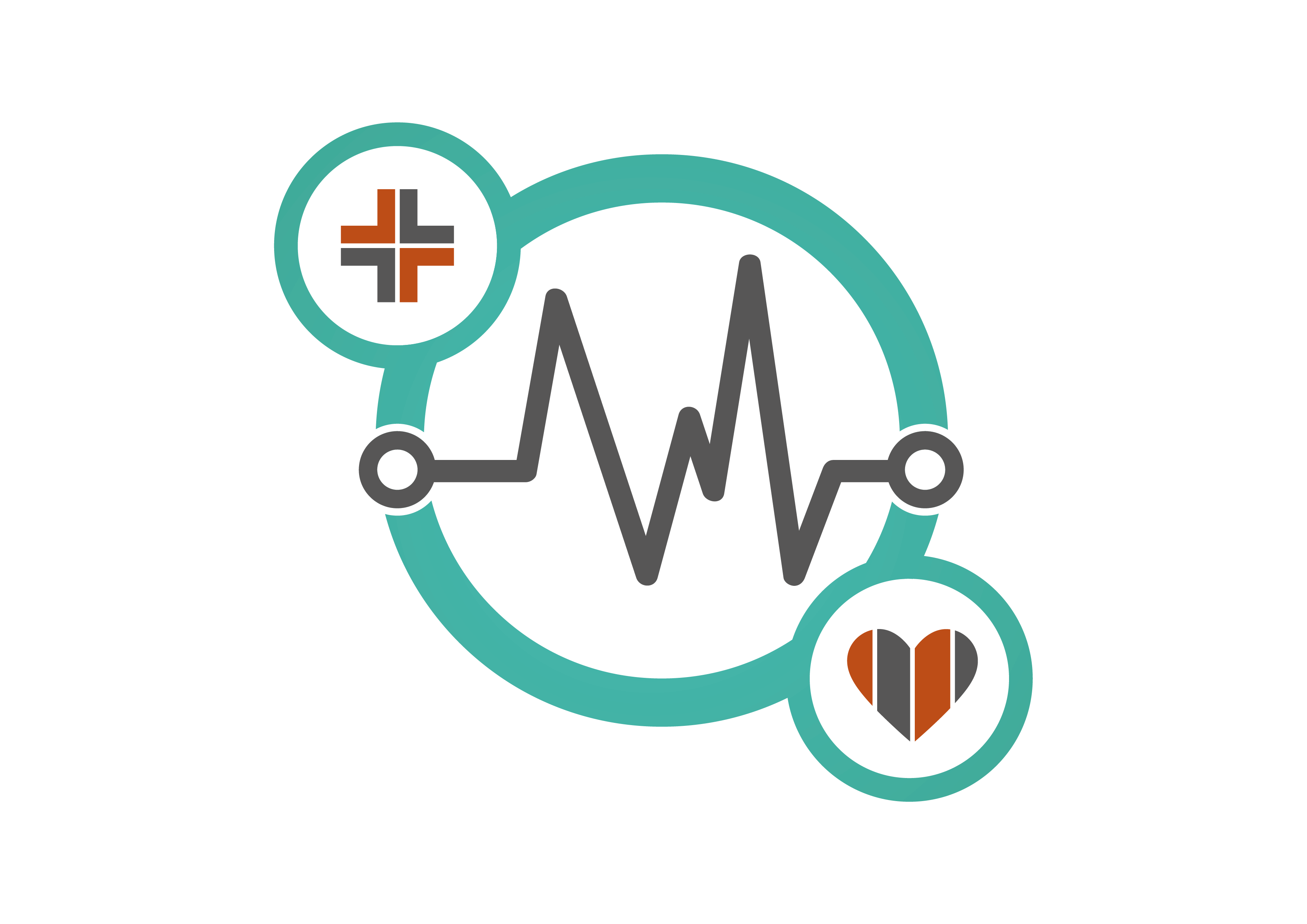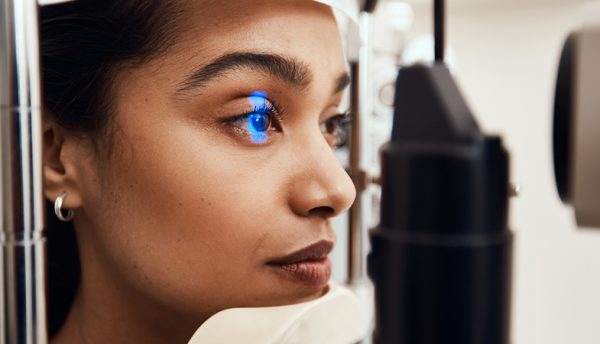In the ever-evolving landscape of healthcare technology, advancements in optometry stand out as transformative, offering new hope and solutions to patients worldwide. Andy Hill, CEO at NuVision Biotherapies, discusses the intersection of technology and optometric care and what we can expect in the UK and beyond over the coming years.

In the UK and across the globe we’re seeing professionals in the public and private sectors scoping out new solutions to ocular conditions and treatments.
If you know where to look, organisations across the UK are advancing world-leading innovations in ocular care. It’s evident that the marriage of technology and optometry is reshaping the way we approach eye health.
Light therapy: Illuminating the path to relief
In the realm of optometric technology, light therapy has emerged as a beacon of hope for patients suffering from dry eye disease. Intense pulsed light therapy and low-level light therapy, popularised for their efficacy in treating meibomian gland dysfunction—a leading cause of dry eye disease—have revolutionised the treatment landscape.
By delivering targeted light to the glands, these therapies optimise function, offering much-needed relief to patients. As technology continues to advance, the integration of light therapy into mainstream optometric care promises to alleviate suffering and enhance quality of life for countless individuals.
Imaging equipment: Precision in practice
Advanced Ophthalmic Systems (AOS) represent another leap forward in optometric technology, providing clinicians with unprecedented insights into ocular health. By seamlessly linking imaging data from slit lamps, AOS software enables precise measurements of epithelial defect size, inflammation and blood vessel quantity. Gone are the days of subjective estimations—AOS empowers clinicians with accurate, data-driven assessments, ensuring optimal patient care. As technologies like AOS become more prevalent, the standard of optometric practice is elevated, ushering in a new era of precision and efficacy.
A vision for technological advancement in optometry
It appears that we’re currently balancing on a precipice. On one side, we have an ever worsening ophthalmic waiting list, while on the other we have an ongoing commitment to developing groundbreaking new technologies in optometry. In the UK and across the globe we’re seeing professionals in the public and private sectors scoping out new solutions to ocular conditions and treatments. For example, the use of AI to train surgeons remotely and monitor eye health with smartphone apps.
NuVision stands at the forefront of this revolution, driven by our commitment to leveraging cutting-edge technology to improve patient outcomes. We pioneer therapies in ophthalmology and optometry. At the heart of our innovation lies the Tereo Process, a dual-patented manufacturing method enabling the scalable production of amniotic membrane solutions – a cornerstone of our transformative products.
One of the most exciting developments in optometric care is the utilisation of tissue-technology, exemplified by products like Omnigen. Omnigen is an ocular-specific amniotic membrane product which offers a non-surgical solution for a myriad of ocular conditions, including dry eye disease and front-of-the-eye damage. By harnessing the healing properties of amniotic membranes, Omnigen provides a versatile treatment option for optometrists.
However, despite these remarkable advancements, challenges persist, particularly within the UK’s National Health Service (NHS). With the ophthalmology waiting list ranking as the second highest in the NHS, patients face prolonged delays in accessing essential care, risking irreversible vision decline. Recently in the UK, the Association of Optometrists (AOP) updated clinical guidelines to include the application of amniotic membranes for dry eye disease patients. This enables high street optometrists to deploy Omnigen and OmniLenz, a specialised bandage contact lens, in the treatment of their patients.
In the longer-term, the availability of an amniotic membrane-based treatment on the high street will take the pressure off scarce NHS resources, allowing secondary based care to reduce the current ophthalmology waiting list by focusing on patients who can only be treated in a hospital setting.
A bright future for optometric technology
Technological innovations can have a positive impact on every stakeholder involved in the provision, delivery and receipt of quality eye care. And to continue driving the UK’s world-leading innovations in this industry, we must remain open to knowledge sharing and collaborative practices. This will be supported by keeping up-to-date on the latest clinical studies and available resources on the range of eye conditions that global populations are facing, and the potential solutions.
As we look ahead, the convergence of technology and optometry promises a future defined by innovation, accessibility and improved patient outcomes. NuVision remains steadfast in our commitment to driving this transformation, empowering clinicians with cutting-edge solutions and patients with hope for a brighter tomorrow.
I’m very hopeful for the future of eye care in the UK and globally, and that as an industry we remain committed to supporting patients, professionals and our healthcare systems in overcoming the barriers and pressures that they are currently facing in the delivery of effective ocular care. With each technological advancement, we inch closer to a world where vision is no longer a luxury but a fundamental right – a future worth striving for, one innovation at a time.


